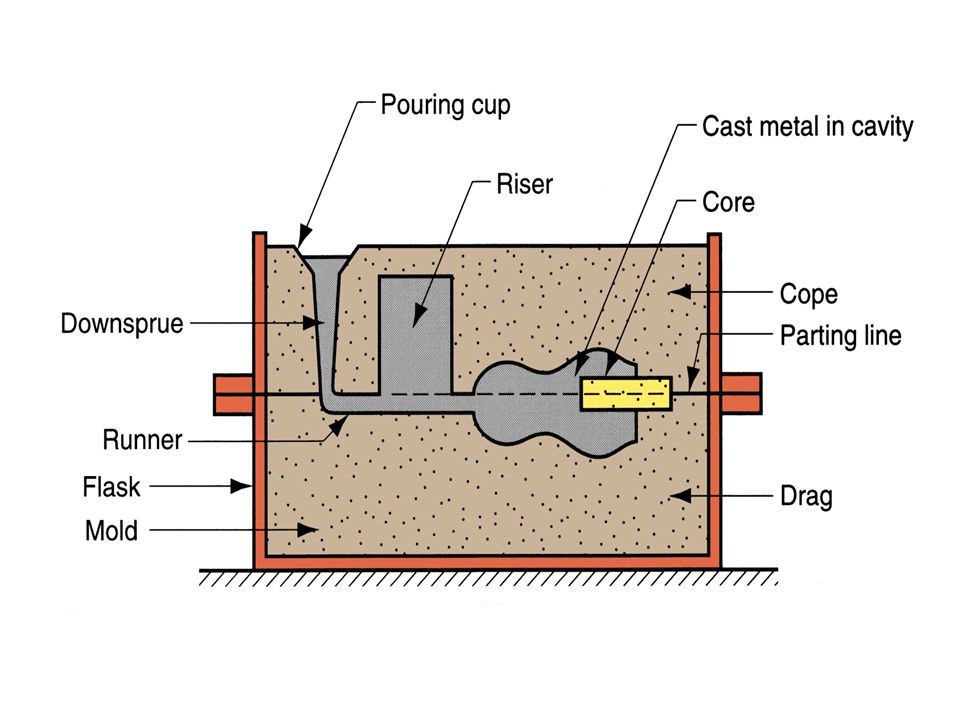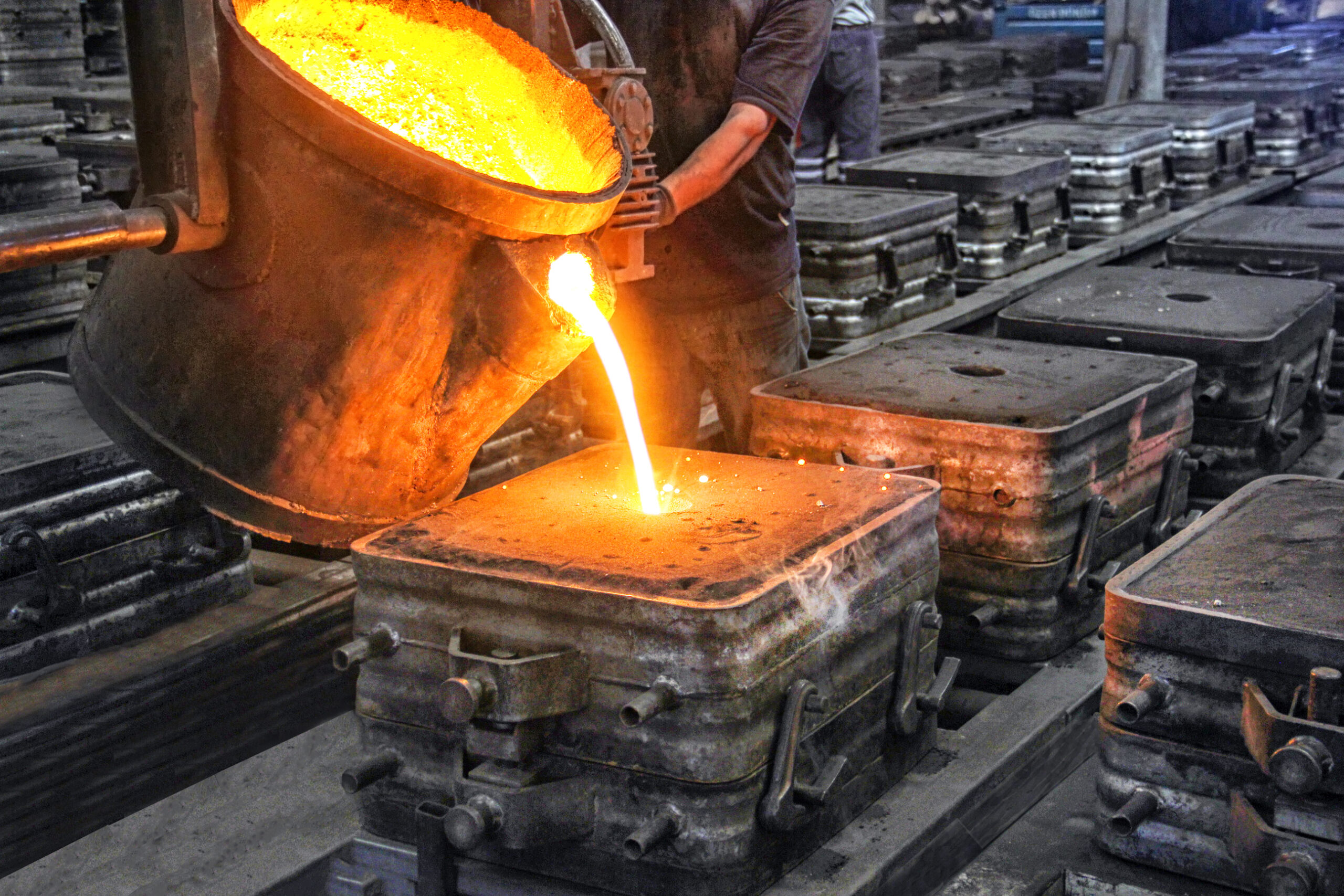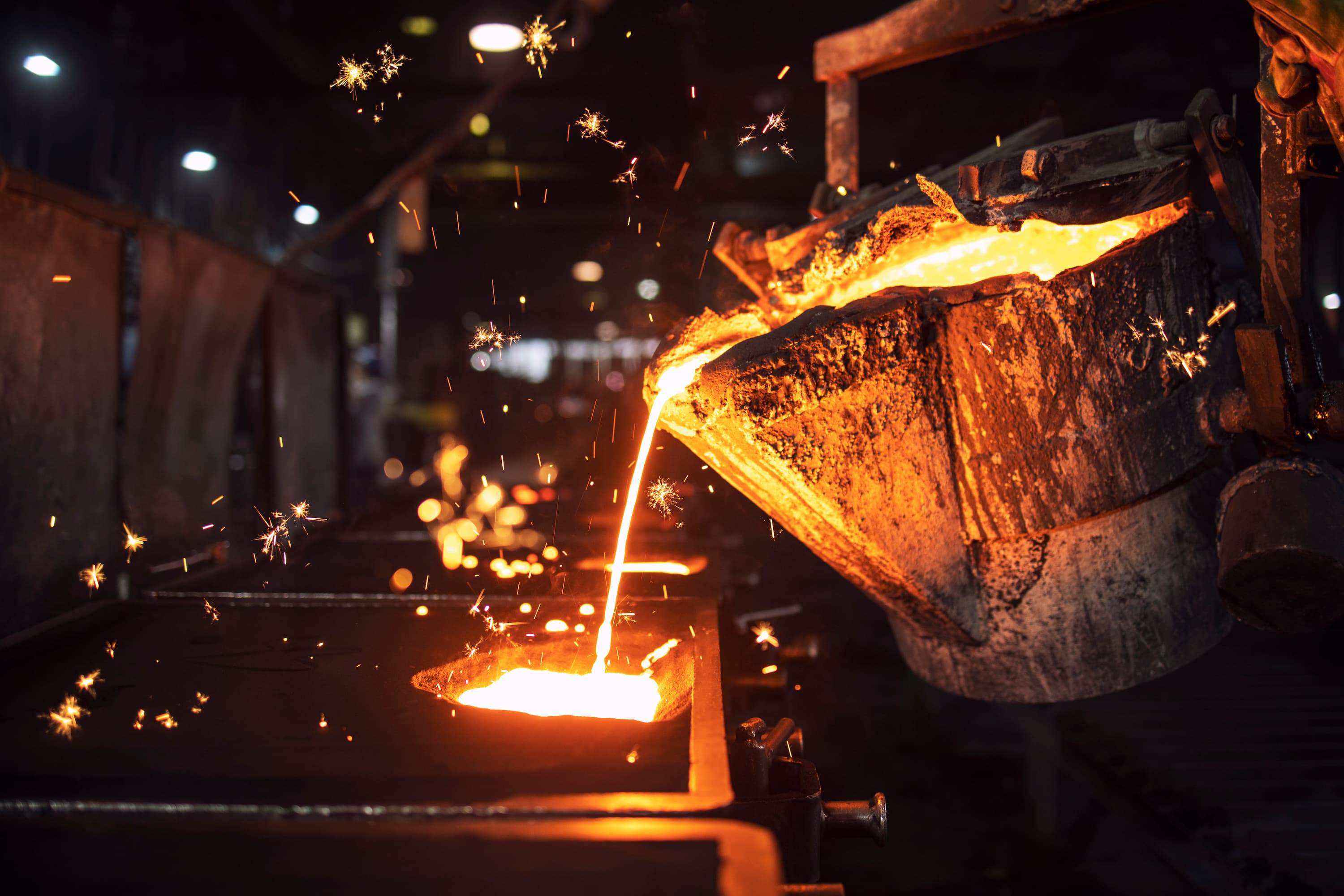The search for a hero to stand against the shadows of Gotham City for *Batman Begins* was, you know, a pretty big deal. Finding the right person to put on the cape and cowl, to embody that complex character, well, it asked for a lot of thought and, in a way, a very particular kind of vision. This wasn't just about picking a name; it was about finding someone who could truly become the character, inside and out.
People everywhere had their own ideas, their favorite actors, and a whole lot of opinions about who should take on such an iconic role. There was a lot of talk, too it's almost like a quiet hum of expectation, as everyone waited to see who would be chosen to bring Bruce Wayne's story back to the big screen. The stakes were, in some respects, incredibly high, with fans hoping for a fresh take that honored the character's long history.
So, when it comes to picking someone for a part this important, it's a bit like a careful transformation. You're not just selecting an individual; you're looking for someone who can, basically, change their very essence to fit the character's skin. It’s a process that needs a lot of careful consideration, making sure the person chosen can truly inhabit the role, rather than just appearing in it, you know, for the camera.
- How To Subscribe Chatgpt Plus Iran Payment
- Best Times To Visit Pathivara
- Reese Witherspoon Brother
- Sean Patrick Hayes
- Aishaha
Table of Contents
- Christian Bale - The Man Behind the Cape
- What Was the Process Like for Casting Batman Begins?
- How Did They Handle Different "Types" in Casting Batman Begins?
- Understanding the "Casting" Concept for Batman Begins
- Were There Any "Connection Issues" During Casting Batman Begins?
- How Does "Static" and "Dynamic" Casting Apply to Batman Begins?
- What About the "Choppy Picture" in Casting Batman Begins?
- The "Convert.ChangeType" Moment in Casting Batman Begins
Christian Bale - The Man Behind the Cape
Christian Bale, the actor who took on the role of Batman in *Batman Begins*, has a long history of making characters his own. He started acting at a fairly young age, gaining early notice for his work in films that really asked a lot from him. People often talk about his dedication to a part, which involves, you know, a pretty deep commitment to getting things just right. He's known for taking on a wide array of roles, from historical figures to more modern characters, often transforming his physical self to fit what the story needs. This sort of commitment is, in a way, what made him such an interesting choice for a character as demanding as Bruce Wayne, a person with many layers.
His career shows a pattern of choosing parts that challenge him, leading to performances that often get a lot of good reactions from those who watch them. He has a way of getting into the mind of the people he plays, bringing out their inner workings for all to see. This approach, where he really tries to become the character, is something that, in some respects, sets him apart. It’s almost as if he views each role not just as a part to be acted, but as a person to be fully understood and then, you know, brought to life for the audience to experience.
Personal Details and Bio Data
| Detail | Information |
|---|---|
| Full Name | Christian Charles Philip Bale |
| Date of Birth | January 30, 1974 |
| Place of Birth | Haverfordwest, Pembrokeshire, Wales |
| Nationality | British |
| Occupation | Actor |
| Notable Roles | Batman/Bruce Wayne (The Dark Knight Trilogy), Patrick Bateman (American Psycho), Dicky Eklund (The Fighter) |
What Was the Process Like for Casting Batman Begins?
When it came to picking the lead for *casting Batman Begins*, the people making the movie had to make some big decisions. It wasn't just about picking someone who looked the part, but rather, in a way, finding an actor who could truly convert into the character of Bruce Wayne and his masked alter ego. The idea here was to avoid any misunderstandings about what the role truly needed. If you just, for example, pick an actor based on a quick look, you might miss the deeper qualities required. It's like suggesting to use a more thoughtful conversion process instead of a simple, quick pick, which helps to avoid confusion about the actor's ability to embody the role.
- Hattel Alan Berta
- Gloria Torres Onlyfnas
- Chatgpt Plus Payment Iran How To Pay
- Marjorie Bach Nude
- Hilary Farr Husband
They were looking for someone who could carry the emotional weight of the character, someone who could show the journey from a traumatized child to a determined crime fighter. This meant going beyond just a surface-level fit. The team wanted an actor who could truly become the character, almost like changing their fundamental type to match the role's requirements. This kind of deep transformation is, basically, what they aimed for, ensuring the chosen actor wouldn't just play the part, but truly live it for the screen, you know, for everyone watching.
How Did They Handle Different "Types" in Casting Batman Begins?
The selection process for *casting Batman Begins* also involved thinking about different kinds of actors, much like considering various numerical types in a system. You have performers who are very precise and subtle in their acting, a bit like a "float" value, offering nuanced portrayals. Then there are those who bring a broad, impactful presence to the screen, perhaps like a "double," giving a very strong impression. And then, you know, some actors are very direct and grounded in their approach, which is kind of like an "int" value, very clear and solid. The goal was to figure out the best way to blend these different acting styles and experiences to create a cohesive group for the film.
The best way to pick between these different kinds of performers, it turns out, involves looking beyond just their past work. It's about seeing how they might interact, how their individual strengths could come together to make the whole cast stronger. When one key actor is chosen, for instance, others might naturally adjust their performances or their chemistry to match, leading to a more unified and believable world on screen. This kind of thoughtful combination ensures that the entire ensemble works well together, creating a rich and varied group of characters for the story.
Understanding the "Casting" Concept for Batman Begins
The very idea of *casting Batman Begins* is, in essence, a kind of transformation. It's about converting a real person, an actor, into a fictional character. This process is very common in movies, just like type conversion is common in certain computer languages because the characters are, you know, already defined in the script. The character of Bruce Wayne, for example, has a set personality and background, which means the actor needs to adapt themselves to fit that existing definition. It's not about the character changing to fit the actor, but the other way around.
This conversion isn't always easy; it asks for a deep understanding of the character's motivations and feelings. The actor must take the written words and breathe life into them, making the character feel real and believable. It's a bit like taking raw data and turning it into something meaningful and understandable. This means the actor must, basically, become the character, showing all their complexities and strengths, which is a big part of what makes a performance truly memorable and, in some respects, impactful for the audience.
Were There Any "Connection Issues" During Casting Batman Begins?
When you're picking someone for a major role like in *casting Batman Begins*, sometimes there are things that can get in the way, a bit like a "casting protocol connection listener" that might be running on your computer without you wanting it to. This could mean external noise, like rumors about who might get the part, or even internal biases that the casting team might unknowingly have. These things can affect how an actor is perceived during auditions or chemistry reads. You might ask, you know, why is this happening, and how do we stop it and keep it from happening again?
It’s about making sure that the focus stays purely on the actor's talent and their fit for the role, without any outside distractions. Sometimes, you might find that an actor looks the part perfectly, but their voice or the emotional impact of their delivery isn't quite there, much like when you "cast to TV" and only get the picture but "no sound." Or maybe the chemistry between actors just doesn't quite "sound" right during a read-through. These are all forms of "connection issues" that need to be addressed to ensure the best possible choice is made for the film, and, you know, for the story itself.
How Does "Static" and "Dynamic" Casting Apply to Batman Begins?
In the world of *casting Batman Begins*, you can think about how different actors are chosen using ideas like "static" and "dynamic" approaches. A "static cast" might be an actor who is already well-known for playing a certain kind of role, making it easy to picture them in a similar part. For instance, if an actor is famous for action movies, it’s a pretty straightforward idea to see them in an action-heavy role. This is like taking something general, a "void" type, and easily assigning it to a specific, appropriate role based on what's already known about it, which is, you know, a common way to think about things.
On the other hand, "dynamic_cast" applies to actors who truly surprise you, those who can adapt significantly and transform their performance based on interactions with other actors or the director's guidance. These performers aren't just fitting into a pre-defined type; they are, basically, becoming the character in a way that evolves throughout the process. It's about how directors can guide actors, much like converting "pointers and references," allowing for a deeper, more fluid transformation. This approach allows for actors to bring something truly unexpected and, in some respects, fresh to the role, going beyond initial expectations.
What About the "Choppy Picture" in Casting Batman Begins?
Sometimes, during the early stages of *casting Batman Begins*, like screen tests or initial auditions, the performance might not come across perfectly. It could be a bit like when you try to "cast" your laptop screen to your TV, and the "picture is choppy and pixelated whenever there's motion on screen." This doesn't necessarily mean the actor isn't good; it might just mean the early setup or the way the audition was captured didn't fully show their dynamic range or their subtle movements. An actor's full potential might not be clear until they are truly in character and in motion, which is, you know, a very important part of the process.
Perhaps the equipment used for those early tests, like a specific laptop model such as an "LG Gram 17," just wasn't able to fully capture the nuance of their acting. It takes the right conditions and the right environment to truly see an actor shine. So, what might look a little rough or unclear at first can, basically, become a powerful and smooth performance once all the pieces are in place and the actor is fully immersed in the role. This initial "choppy picture" is often just a temporary stage, not a final judgment, which is, in some respects, a good thing to remember.
The "Convert.ChangeType" Moment in Casting Batman Begins
There’s a very interesting point in *casting Batman Begins* where an actor's performance can really show something unexpected, much like how a "convert.changetype" function can give a different outcome than just a simple, straightforward "plain casting." What this means is that while an actor might initially be "cast" for a certain look or a specific quality, their true transformation into the character can reveal a depth or a nuance that wasn't apparent in a simple audition. It’s like, for example, a number that seems one way at first, but when truly converted, shows a much more precise value, like a "double d = 5.57293" from a less precise starting point.
This is the moment when an actor, fully immersed and truly performing, goes beyond just meeting expectations. They might bring something entirely new to the character, showing a deeper understanding or a more profound connection than anyone anticipated. This kind of transformation is, basically, what makes a performance truly memorable and, you know, makes the audience believe in the character completely. It’s not just about fitting the role; it’s about becoming something more, something that truly embodies the spirit of the story and the person they are portraying.
- Yessica Kumala
- Pathivara Temple Trekking
- Pathivara Temple History And Significance
- Connie Francis Current Health
- Karen Fisher Age



